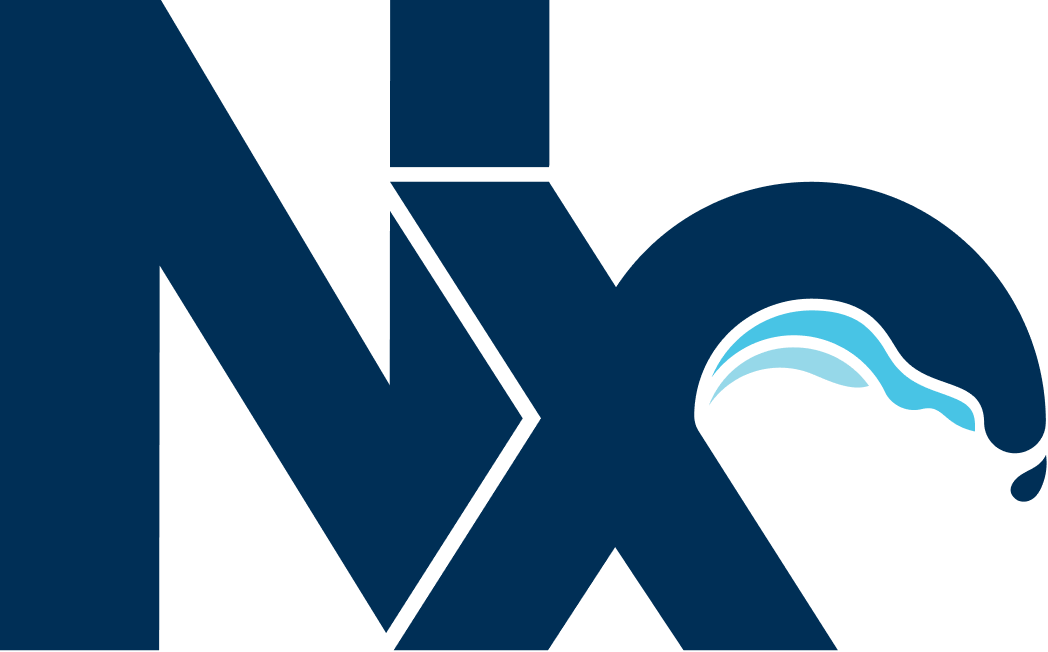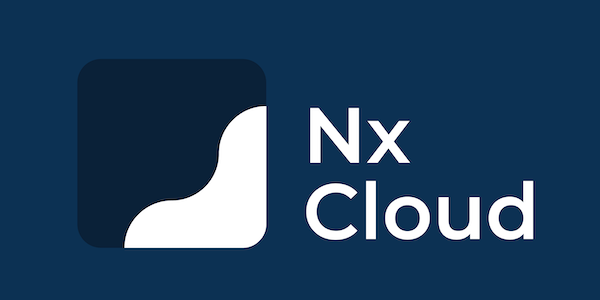General structure
The ENGIE Crowdfund for Solar project is architectured as a monorepo and was generated using Nx.
Nx is a smart, fast and extensible build system with first class monorepo support and powerful integrations.
The monorepo contains two main folders: (an apps folder and a libs folder)
-
apps : here the main applications are implemented. This folder contains:
- ew-crowdfunding - our NextJS Dapp
- ew-crowdfunding-e2e - end to end testing folder for ew-crowdfunding
-
libs : in this folder, reusable libraries are implemented and used by the apps. It contains:
- smart-contracts: This folder represents the blockchain component of the
ENGIE Crowdfund for Solarproject and contains the smart contracts implementing the staking module.
- smart-contracts: This folder represents the blockchain component of the
Note: In order to be used in your apps, any new library must have its path added in the tsconfig.base.json file :
- example:
...
"paths": {
"@engie-solar-crowdfunding/ew-crowdfunding/smart-contracts": ["libs/ew-crowdfunding/smart-contracts/src/index.ts"],
"@engie-solar-crowdfunding/<Path_to_new_Library>/": ["libs/<Path_to_new_Library>/src/index.ts"]
},
...The Front-End architecture
The front-end is built with the React framework and uses the main following libraries :
-
React :
React is a JavaScript library for building user interfaces. React is made for building interactive UIs. Declarative views make the code more predictable and easier to debug. React is component based. It enables building encapsulated components that manage their own state. -
Next.js :
Nextjs is an open-source development framework built on top of Node.js enabling React based web applications functionalities such as server-side rendering and generating static-websites. -
Material-UI :
Material UI provides a robust, customizable, and accessible library of foundational and advanced components, enabling companies to build their own design system and develop React applications faster. -
Redux :
Redux helps you write applications that behave consistently, run in different environments (client, server, and native), and are easy to test. This is used along Redux-Thunk as the main state management solution. -
iam-client-lib :
A TypeScript library to be used within decentralized applications for authentication and authorization using DIDs (Decentralized Identifiers) and VCs (Verifiable Credentials). -
react-hook-form :
An easy to use React library used for form validation.
Interaction with the iam-client-lib
-
All interactions with the
iam-client-libare done by the actions inside the Redux store. -
Actions are implemented inside the redux-store → web3 → actions.
-
Actions are connecting with iam-client-lib through a function called
getIamService.ts. -
To initialize iam-client-lib, two methods need to be called :
setCacheConfigandsetChainConfig. -
All other interactions are done only after the user logs in with his/her provider (MetaMask).
-
The provider is passed as a parameter to the
getSignerServicefrom iam-client-lib.
- Clone the current repository in a local repository :
- (ssh connection)
git clone [email protected]:energywebfoundation/engie-solar-crowdfunding.git- or (https connection)
git clone https://github.com/energywebfoundation/engie-solar-crowdfunding.git- Navigate to the new created repository :
cd engie-solar-crowdfunding- install dependencies
npm install- Nivigate to the apps folder and copy the
.envtemplate file to set local variables
cd apps/ew-crowdfunding
cp .env.example .env- Inside your
.envfile, update the following dates (those dates will track the main dates of the campaign's timeline) :
Note
The dates should all be formated as follows : YYYY-MM-DDTHH:mm where :
- YYYY : year (ex: 2022)
- MM : Month (ex: 03 for april)
- DD : Day (ex: 29)
- T: Time - expressed in 24h format (ex 17:00)
The previous parameters will be configured as
2022-03-29T17:00All dates should be in UTC timezone
NEXT_PUBLIC_ACTIVATE_STAKING_DATE="2022-03-25T17:00"
NEXT_PUBLIC_CLOSE_STAKING_DATE="2022-03-28T17:00"
NEXT_PUBLIC_LOCK_STAKES_DATE= "2022-03-28T17:30"
NEXT_PUBLIC_RELEASE_REWARDS_DATE="2023-03-28T17:00"
NEXT_PUBLIC_FULL_STOP_DATE="2023-09-29T17:00"
- Make sure you have a valid testing smart-contract.
You can navigate to the smart-contract folder and refer to the corresponding documentation.
- Start the app
npm start- Open your browser to http://localhost:4200/
The deployment process will follow the same steps as described for the local testing above. The main differences are on step 4 and 5.
Instead of setting a .env file, update the dates into the cf-deploy.yml file inside the .github/workflows repository:
echo "::set-output name=next_public_activate_staking_date::2022-03-25T17:00"
echo "::set-output name=next_public_close_staking_date::2022-03-28T17:00"
echo "::set-output name=next_public_lock_stakes_date::2022-03-28T17:30"
echo "::set-output name=next_public_release_rewards_date::2023-03-28T17:00"
echo "::set-output name=next_public_full_stop_date::2023-09-29T17:00"-
For a deployment on development branch, update those variables from lines 45 to 50;
-
For a deployment on master branch, update those variables from lines 70 to 74;
🔎 Smart, Fast and Extensible Build System
Nx supports many plugins which add capabilities for developing different types of applications and different tools.
These capabilities include generating applications, libraries, etc as well as the devtools to test, and build projects as well.
Below are our core plugins:
- React
npm install --save-dev @nrwl/react
- Web (no framework frontends)
npm install --save-dev @nrwl/web
- Angular
npm install --save-dev @nrwl/angular
- Nest
npm install --save-dev @nrwl/nest
- Express
npm install --save-dev @nrwl/express
- Node
npm install --save-dev @nrwl/node
There are also many community plugins you could add.
Run nx g @nrwl/react:app my-app to generate an application.
You can use any of the plugins above to generate applications as well.
When using Nx, you can create multiple applications and libraries in the same workspace.
Run nx g @nrwl/react:lib my-lib to generate a library.
You can also use any of the plugins above to generate libraries as well.
Libraries are shareable across libraries and applications. They can be imported from @engie-solar-crowdfunding/mylib.
Run nx serve my-app for a dev server. Navigate to http://localhost:4200/. The app will automatically reload if you change any of the source files.
Run nx g @nrwl/react:component my-component --project=my-app to generate a new component.
Run nx build my-app to build the project. The build artifacts will be stored in the dist/ directory. Use the --prod flag for a production build.
Run nx test my-app to execute the unit tests via Jest.
Run nx affected:test to execute the unit tests affected by a change.
Run ng e2e my-app to execute the end-to-end tests via Cypress.
Run nx affected:e2e to execute the end-to-end tests affected by a change.
Run nx dep-graph to see a diagram of the dependencies of your projects.
Visit the Nx Documentation to learn more.
Nx Cloud pairs with Nx in order to enable you to build and test code more rapidly, by up to 10 times. Even teams that are new to Nx can connect to Nx Cloud and start saving time instantly.
Teams using Nx gain the advantage of building full-stack applications with their preferred framework alongside Nx’s advanced code generation and project dependency graph, plus a unified experience for both frontend and backend developers.
Visit Nx Cloud to learn more.


